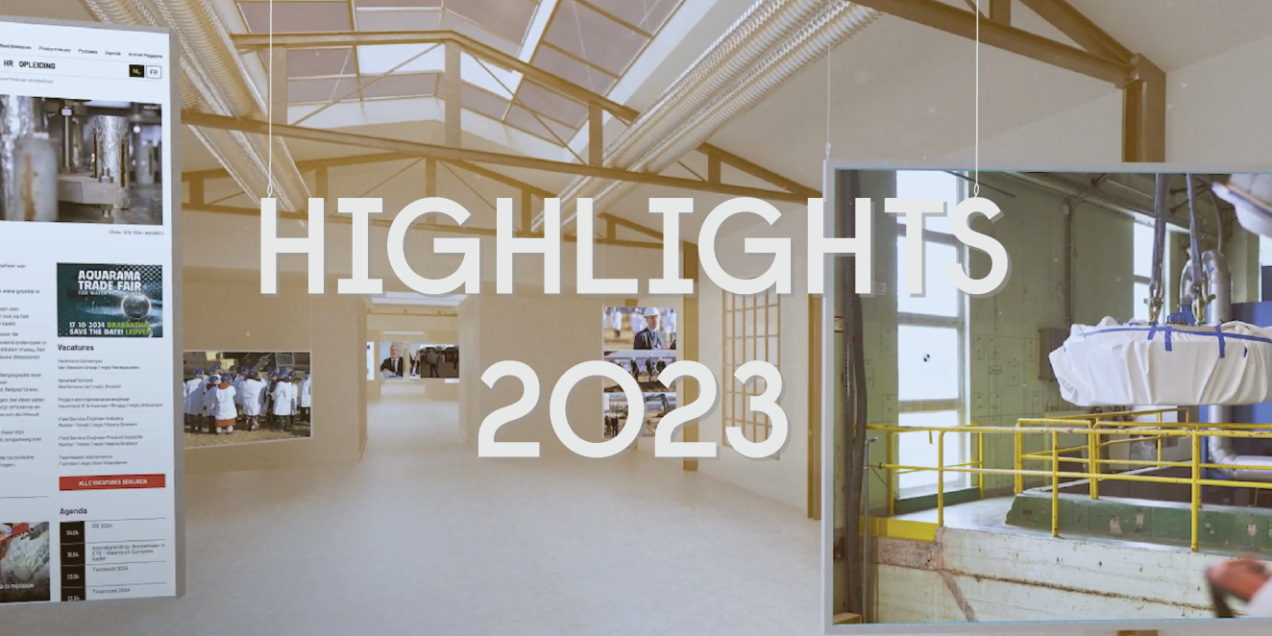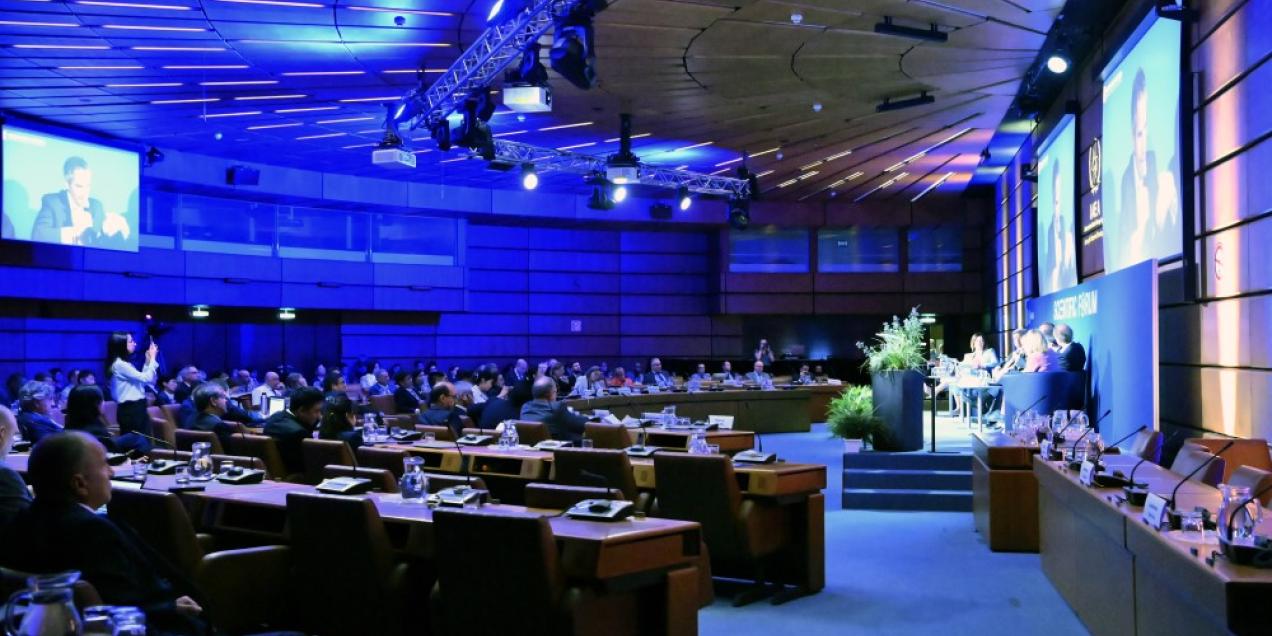Science in harmony with nature: the grayling is back at SCK CEN
A success made possible through thoughtful nature management
At the SCK CEN site, we are currently busy building new research facilities. Despite these major construction sites, caring for our natural environment remains an important priority. Just a few years ago, we signed the Green Deal, an ambitious plan aimed at enhancing biodiversity and bolstering our support for nature management. Our efforts already seem to be bearing fruit: the grayling has in fact returned to our site.


On to a grayling family!
The grayling, a rare and endangered species found only in a few places in Flanders, has made its way to our sites. This is no coincidence, but the result of careful nature management. Our Nature Department has carefully arranged the site to provide a suitable habitat and to attract the grayling back. We can now say, with some caution and pride, that this butterfly has indeed established itself on our sites.
The butterflies were observed multiple times in August in areas with open sand, heather, and sparse grasses - the ideal habitats created by our Nature Department by returning to the basics of landscaping management. Both a male and a female butterfly have been spotted. Hopefully, the beginning of our own grayling family! These sightings show that our green efforts are efficient!
A green vision for the future
Our green vision goes beyond the mere conservation of the grayling. We are investing in a climate-robust and biodiverse environment by taking targeted measures such as transforming pine forests into climate-resilient native deciduous forests. This transformation includes planting native species, controlling invasive exotic species and bolstering forest edges, hay meadows and fens. All these efforts contribute to a healthy and resilient nature around our buildings.
Want to know more?
Read on and stretch your legs for a nature walk!
Related articles
 11 June '24
11 June '24 18 April '24
18 April '24 29 September '23
29 September '23